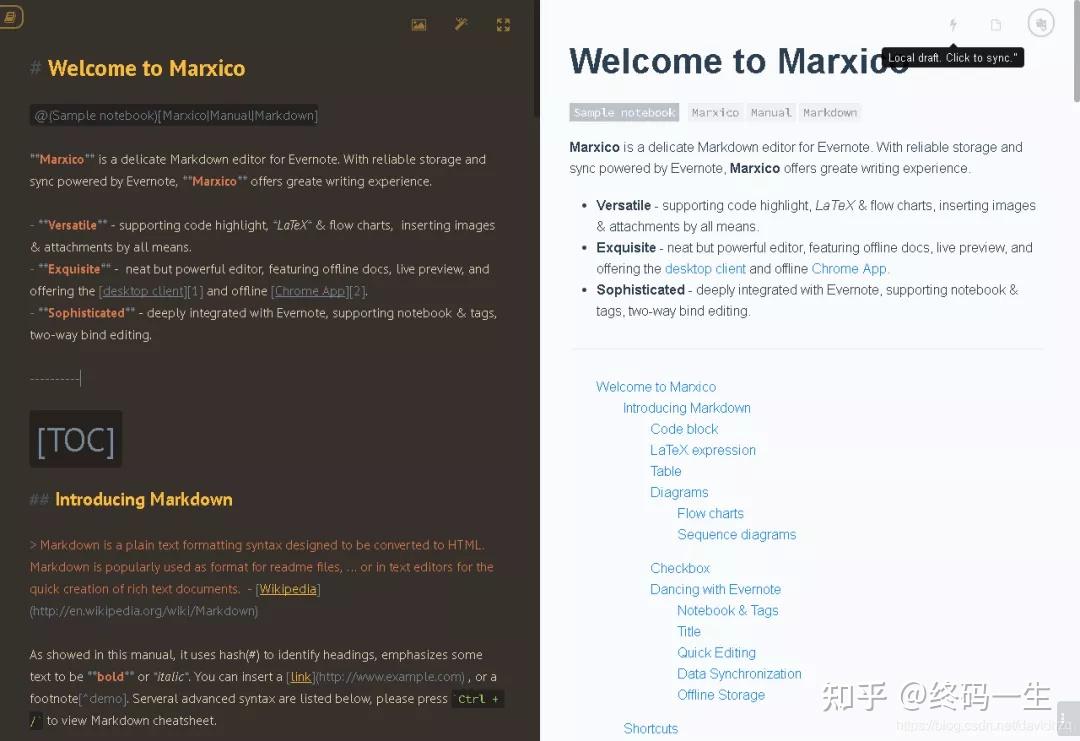
The new pact updated North American trade rules for the digital age. When NAFTA took effect in 1994, for instance, the internet, e-commerce and smartphones weren’t part of everyday business. Still, some substantive changes have occurred. “It’s still pretty much the same as NAFTA,” Dierdorff said. It created a duty-free regional bloc meant to compete with the European Union and China. NAFTA erased most of the import taxes that the United States, Mexico and Canada imposed on each other’s goods.

That is especially true in light of the unusual economic tumult of the past three years: A devastating pandemic, followed by severe labor shortages and supply chain backlogs and a resurgence of rampant inflation.Īlso complicating any effort to calculate the USMCA’s impact is President Joe Biden’s own aggressive efforts to rejuvenate American industry with trillions of dollars in infrastructure spending and subsidies.įor all of Trump’s bombast, the USMCA actually left in place much of the pact it replaced. That was up 27% from 2019 and was above a 20% gain in trade with China over the same period.īut it’s hard to tease out which economic gains can be credited to the USMCA and which happened for a variety of unrelated reasons.
MARXICO HELP PLUS
America’s trade with Canada and Mexico - exports plus imports - reached a record $1.78 trillion last year. And North American commerce has flourished. Since January 2020, vehicle and parts manufacturers have actually added nearly 90,000 jobs. Trump said the pact would create 76,000 auto industry jobs. “I don’t expect that we’re ever going to be able to say that (the USMCA) accomplished very much,’’ said Alan Dierdorff, a professor emeritus of economics and public policy at the University of Michigan. They have increased since 2020 - but only by about $8 billion. auto parts to Mexico would rise by $23 billion. The former president also predicted that exports of U.S. workers, who no longer must compete with severely underpaid Mexican laborers without real bargaining power. Trade officials and experts predict, though, that the benefits will also flow, in time, to U.S. Novel provisions of the pact have enhanced the ability of long-exploited Mexican workers to form unions and secure better wages and working conditions.

It’s just that the beneficiaries have so far been mostly in Mexico.

Yet while the the deal’s overall impact has been slight, it has nevertheless been helping workers on the ground. It couldn’t have been, given that trade makes up less than a third of America’s $26 trillion economy. The trade pact hasn’t proved to be the economic bonanza Trump boasted it would be. The USMCA, which Trump hailed as “the fairest, most balanced and beneficial trade agreement we have ever signed,” will reach its third anniversary Saturday.
MARXICO HELP FREE
Out was the North American Free Trade Agreement. After a couple of years of negotiations, he got what he wanted. So Trump pressured Mexico and Canada to replace their mutual pact with one more to his liking.


 0 kommentar(er)
0 kommentar(er)
